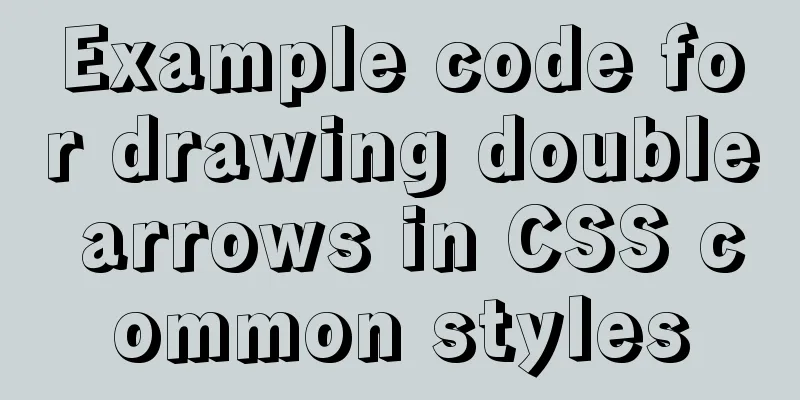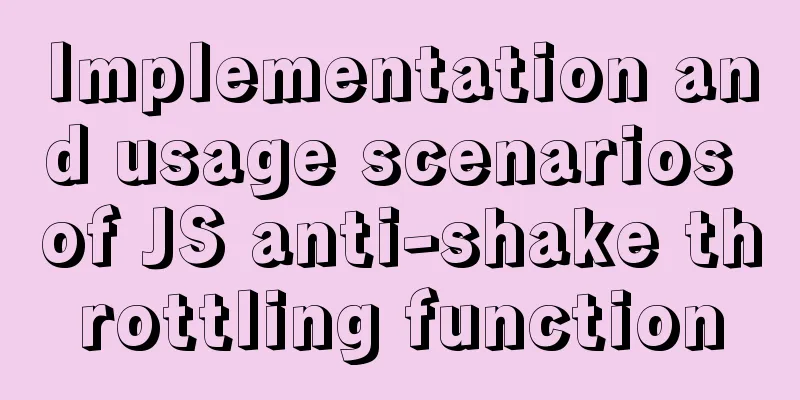A detailed discussion of evaluation strategies in JavaScript

|
I was recently studying the application of η-transformation in lambda calculus in JavaScript, and happened to see an interesting question on stackoverflow. Regarding JavaScript's evaluation strategy, is the parameter passing of functions in js by value or by reference? The answer is classic. A chestnut to cover it
function changeStuff(a, b, c) {
a = a * 10;
b.item = "changed";
c = {item: "changed"};
}
var num = 10;
var obj1 = {item: "unchanged"};
var obj2 = {item: "unchanged"};
changeStuff(num, obj1, obj2);
console.log(num); // 10
console.log(obj1.item); // changed
console.log(obj2.item); // unchangedIf the parameter passing of the function in js is passed by value, then changing the value of b.item inside the function changeStuff will not affect the value of the external obj1 object. If the function parameters in JS are passed by introduction, then the changes made inside the function changeStuff will affect all variable definitions outside the function. num will become 100 and obj2.item will become changed. Obviously this is not the case. So we cannot say that function parameter passing in JS is strictly by value or by introduction. In general, function parameters are passed by value. JS also uses a parameter passing strategy called shared passing. It depends on the type of the parameter. If the parameter is of a primitive type, it is passed by value; If the parameter is a reference type, it is passed as shared. Parameter passingAll function parameters in ECMAScript are passed by value. That is, copying a value outside a function to a parameter inside the function is just like copying a value from one variable to another. The transfer of primitive type values is the same as the copying of primitive type variables, while the transfer of reference type values is the same as the copying of reference type variables. -- Advanced JavaScript Programming The Red Book says that all function parameters are passed by value. Is this true? Let's analyze the example above: Pass by valueThe strategy for primitive types as parameters in JavaScript is to pass by value (call by value):
function foo(a) {
a = a * 10;
}
var num = 10;
foo(num);
console.log(num); // 10 no changeHere we can see that changes in the internal parameters of the function do not affect the external variables. Passing by value is correct. By Shared DeliveryThe strategy for passing objects as parameters in JavaScript is call by sharing: Modifying the properties of a parameter will affect external objects Reassignment will not affect external objects According to the above example, the property item of parameter b is modified inside the function, which will affect the object outside the function, so the property item of obj1 is also changed.
function bar(b) {
b.item = "changed";
console.log(b === obj1) // true
}
var obj1 = {item: "unchanged"};
bar(obj1);
console.log(obj1.item); // changed Modifying the properties of the parameters will affect the external objectFrom the print result of b === obj1 being true, we can see that modifying the attribute of the parameter inside the function does not affect the reference of the parameter. b and obj1 share an object address, so modifying the properties of the parameter will affect the external object. Reassigning parameter c to a new object will not affect the external object.
function baz(c) {
c = {item: "changed"};
console.log(c === obj2) // false
}
var obj2 = {item: "unchanged"};
baz(obj2);
console.log(obj2.item); // unchanged Reassignment will not affect the external objectReassign parameter c to a new object, then c is bound to a new object address, and c === obj2 prints false, indicating that they no longer share the same object address. They each have a separate object address. So reassignment will not affect the external object. SummarizeIt can be said that passing by sharing is a special case of passing by value, where a copy of the reference address is passed. So what the Little Red Book says is correct. You can think of the parameters of an ECMAScript function as local variables. -- Advanced JavaScript Programming Extension - Lazy EvaluationWe have learned earlier that all function parameters are passed by value. In JavaScript, parameters must be evaluated first and then passed into the function as actual parameters. But there is a special case in ES6. The default value of the parameter is not passed by value, but the value of the default value expression is recalculated each time. That is, parameter default values are lazily evaluated. -- "ECMAScript 6 Primer"
let x = 99;
function foo(p = x + 1) {
console.log(p);
}
foo() // 100
x = 100;
foo() // 101In the above code, the default value of parameter p is x + 1. At this time, each time the function foo is called, x + 1 will be recalculated instead of the default p equal to 100 The above is a detailed discussion of the evaluation strategy in JavaScript. For more information about JavaScript evaluation strategy, please pay attention to other related articles on 123WORDPRESS.COM! You may also be interested in:
|
<<: Detailed explanation of Frp forced redirection to https configuration under Nginx
>>: How to install and configure the decompressed version of MySQL database under Linux system
Recommend
CSS sprites technology integrates multiple backgrounds into one PNG image CSS positioning
The image integration technology used by American...
In-depth analysis of Nginx virtual host
Table of contents 1. Virtual Host 1.1 Virtual Hos...
Two ways to manage volumes in Docker
In the previous article, I introduced the basic k...
MySQL Database Indexes and Transactions
Table of contents 1. Index 1.1 Concept 1.2 Functi...
Tutorial on installing lamp-php7.0 in Centos7.4 environment
This article describes how to install lamp-php7.0...
Detailed explanation of the implementation example of group ranking in Mysql tutorial
Table of contents 1. Data Source 2. Overall ranki...
vue+rem custom carousel effect
The implementation of custom carousel chart using...
Creating Responsive Emails with Vue.js and MJML
MJML is a modern email tool that enables develope...
Use of Linux crontab command
1. Command Introduction The contab (cron table) c...
Summary of some tips on MySQL index knowledge
Table of contents 1. Basic knowledge of indexing ...
6 Uncommon HTML Tags
First: <abbr> or <acronym> These two s...
How to invert the implementation of a Bezier curve in CSS
First, let’s take a look at a CSS carousel animat...
Analysis and solutions to problems encountered in the use of label tags
I used the label tag when I was doing something re...
Pygame code to make a snake game
Table of contents Pygame functions used Creating ...
Summary of special processing statements of MySQL SQL statements (must read)
1. Update the entire table. If the value of a col...









